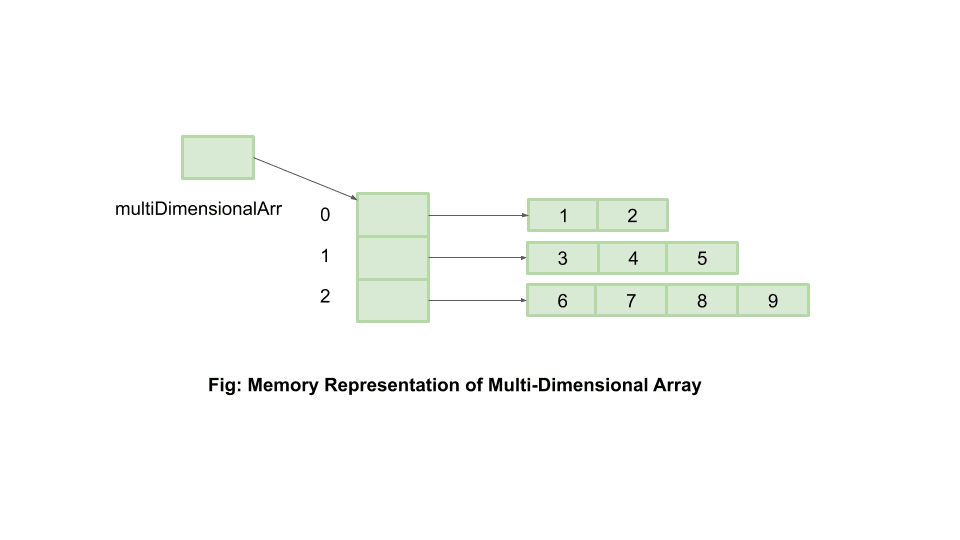
NumPy hstack and NumPy vstack are alike because they both unite NumPy arrays together. Difference Between numpy hstack() and vstack() How np.concatenate acts depends on how you utilize the axis parameter from the syntax.
#Vstack all input array dimensions plus#
So NumPy concatenate gets the capacity to unite arrays together like np.hstack plus np.vstack. NumPy concatenate also unites together NumPy arrays, but it might combine arrays collectively either vertically or even horizontally. NumPy concatenate is similar to a more flexible model of np.hstack. Difference Between Np.Hstack() and Np.Concatenate() Which is the basic requirement, while working with this function. So, we can see the shape of both the arrays is not the same. But in the variable ‘y’ the array has three elements. Here the point to be noted is that in the variable ‘x’ the array has two elements. After that, we have initialized two arrays and stored them in two different variables. Here firstly we have imported the required module. Output: ValueError: all the input array dimensions except for the concatenation axis must match exactly Explanation: Let’ prove it through one of the example. Can We Combine Numpy Arrays with Different Shapes Using Hstack Note: The shape of the input arrays should be same. Following the storing part, we have used the function to stack the 3-D array in a horizontal manner (column-wise). After initializing, we have stored them in two variables, ‘x and y’ respectively. Instead of a 1-D array or a 2-D array in the above example, we have declared and initialized two 3-D arrays. We can use this function for stacking or combining a 3-D array horizontally (column-wise). Print ("Horizontally stacked array:\n ", res) In this example 1, we will simply initialize, declare two numpy arrays and then make their horizontal stack using hstack function. Example 1: Basic Case to Learn the Working of Numpy Hstack Here we will start from the very basic case and after that, we will increase the level of examples gradually. Now, we have seen the syntax, required parameters, and return value of the function numpy stack. Stacked Array: The array (nd-array) formed by stacking the passed arrays. This parameter is a required parameter, and we have to mandatory pass a value. We need only one argument for this function: ‘tup.’ Tup is known as a tuple containing arrays to be stacked. The collection of input arrays is the only thing you need to provide as an input

Do the Number of Columns and Rows Needs to Be Same?.Difference Between numpy hstack() and vstack().Difference Between Np.Hstack() and Np.Concatenate().Can We Combine Numpy Arrays with Different Shapes Using Hstack.Example 4: Stacking 3-D Numpy Array using hstack Function.Example 3: Combining 2-D Numpy Arrays With Numpy.hstack.Example 2: Combining Three 1-D Arrays Horizontally Using numpy.hstack function.Example 1: Basic Case to Learn the Working of Numpy Hstack.


 0 kommentar(er)
0 kommentar(er)
